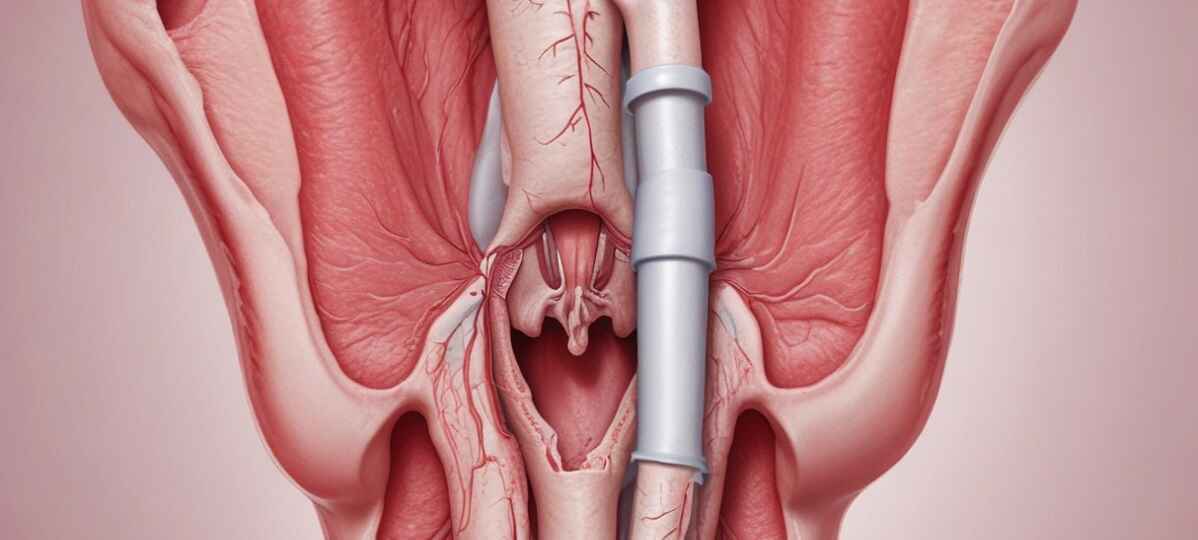Uterine fibroid embolization (UFE) is a minimally invasive procedure used to treat uterine fibroids by cutting off their blood supply, causing them to shrink. This procedure has gained popularity as an alternative to more invasive surgical options like hysterectomy or myomectomy. However, like any medical treatment, UFE has advantages and disadvantages. Women considering this option for managing their fibroids should understand the procedure’s pros and cons. This blog discusses the benefits and potential drawbacks of UFE to help you make an informed decision.
Effectiveness in Symptom Relief
One of the primary benefits of UFE, currently used as a uterine fibroid treatment in Memphis, TN is its effectiveness in relieving symptoms associated with the condition. Many women experience a significant reduction in heavy menstrual bleeding, pelvic pain, and pressure symptoms following the procedure. Studies have shown that approximately 85-90% of women who undergo UFE report significant improvement in their symptoms. This high success rate makes UFE an appealing option for many patients seeking relief from fibroid-related discomfort. However, the effectiveness of UFE can vary depending on the fibroids’ sizes, numbers, and locations. While many women experience excellent results, others may find that their symptoms persist or recur over time. UFE may not be suitable for very large fibroids or those located in certain areas of the uterus. You need to have a thorough evaluation and discuss your specific case with a healthcare provider to determine if UFE is the best option.
Minimally Invasive Nature
One of UFE’s most significant advantages is that it is a minimally invasive procedure. Unlike traditional surgical options like hysterectomy or myomectomy, UFE does not require large incisions. Instead, a small catheter is inserted through a tiny incision in the groin or wrist, and particles are injected to block the blood flow to the fibroids. This results in less pain, shorter hospital stays, and quicker recovery times compared to more invasive surgeries. Patients undergoing UFE can typically return to their normal activities within a week or two, while recovery from a hysterectomy can take several weeks to months. The reduced recovery time and lower risk of complications associated with UFE make it an attractive option for women seeking a less disruptive treatment. However, UFE is still a medical procedure that carries some risks, including infection, bleeding, and potential damage to surrounding tissues.
Fertility Considerations
For women who wish to maintain their fertility, UFE presents both potential benefits and challenges. On the positive side, UFE preserves the uterus. Since pregnancy may still be possible after the procedure, UFE is a viable option for women who plan to have children in the future. By reducing fibroid size and symptoms, UFE can improve the quality of life and reproductive outcomes for some women. However, the impact of UFE on fertility is not entirely clear. Some evidence suggests that it might negatively affect ovarian function and the uterine environment. Some studies indicate a risk of premature ovarian failure or diminished ovarian reserve following UFE, which could affect a woman’s ability to conceive. Discuss these potential risks with your healthcare provider and explore all available options before making a decision.
Long-term Outcomes and Recurrence
The long-term outcomes of UFE are generally positive, with many women experiencing lasting relief from fibroid symptoms. However, like any treatment for fibroids, there is a possibility of recurrence. Some studies suggest that up to 20% of women may experience a recurrence of symptoms or the growth of new fibroids within five years of undergoing UFE. This means that some women might require additional treatments in the future. Comparatively, surgical options like hysterectomy offer a permanent solution, eliminating the risk of recurrence. Myomectomy, another surgical option, also carries a risk of fibroid recurrence, though it may be preferred by women wishing to preserve fertility. Understanding the potential for recurrence and discussing long-term management strategies with a healthcare provider is crucial for women considering UFE.
Risks and Side Effects
While UFE is generally considered safe, it still has risks. Common side effects include pain, cramping, and flu-like symptoms following the procedure, which can usually be managed with medication. More serious but less common risks include infection, allergic reactions to the contrast dye used during the procedure, and potential damage to the uterus or nearby organs. There is a risk of early menopause, particularly in women over the age of 45. Another important consideration is the risk of post-embolization syndrome, a condition characterized by pain, fever, and nausea that can occur shortly after the procedure. While this syndrome is typically temporary and manageable, it can be quite uncomfortable for some patients. Given these risks, women need to have a detailed discussion with their healthcare provider about the potential side effects and complications of UFE.
Uterine fibroid embolization offers a minimally invasive alternative for the treatment of uterine fibroids. It offers significant benefits such as effective symptom relief, preservation of the uterus, and quicker recovery times. However, it also comes with potential drawbacks, including variable effectiveness, fertility considerations, the possibility of fibroid recurrence, and certain risks and side effects. You should carefully weigh these pros and cons in consultation with your healthcare provider to determine if this treatment aligns with your health goals and circumstances. What works well for one woman may not be the best option for another. By thoroughly understanding the available information and seeking personalized medical advice, you can make informed decisions about managing your uterine fibroids and improving your quality of life.
